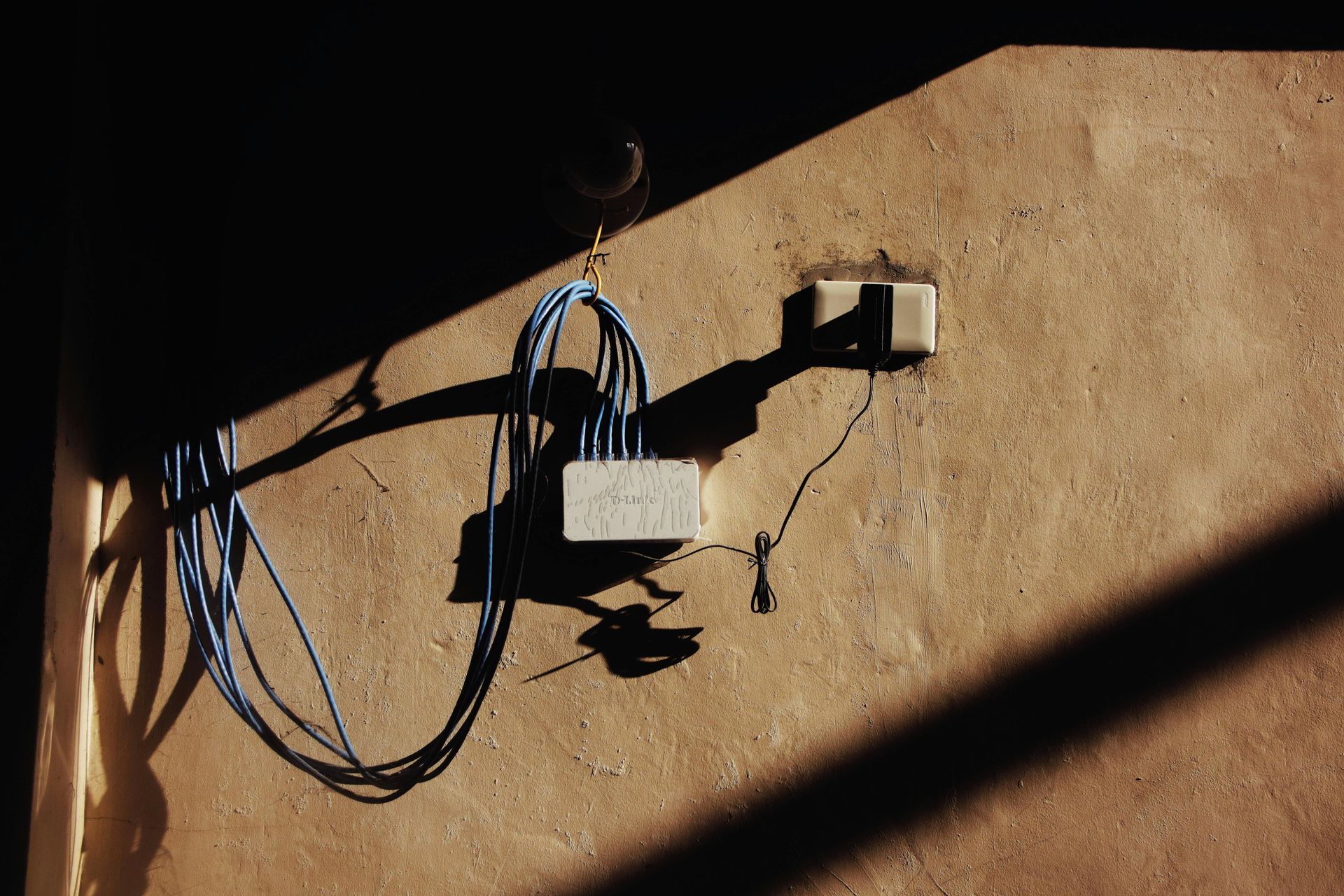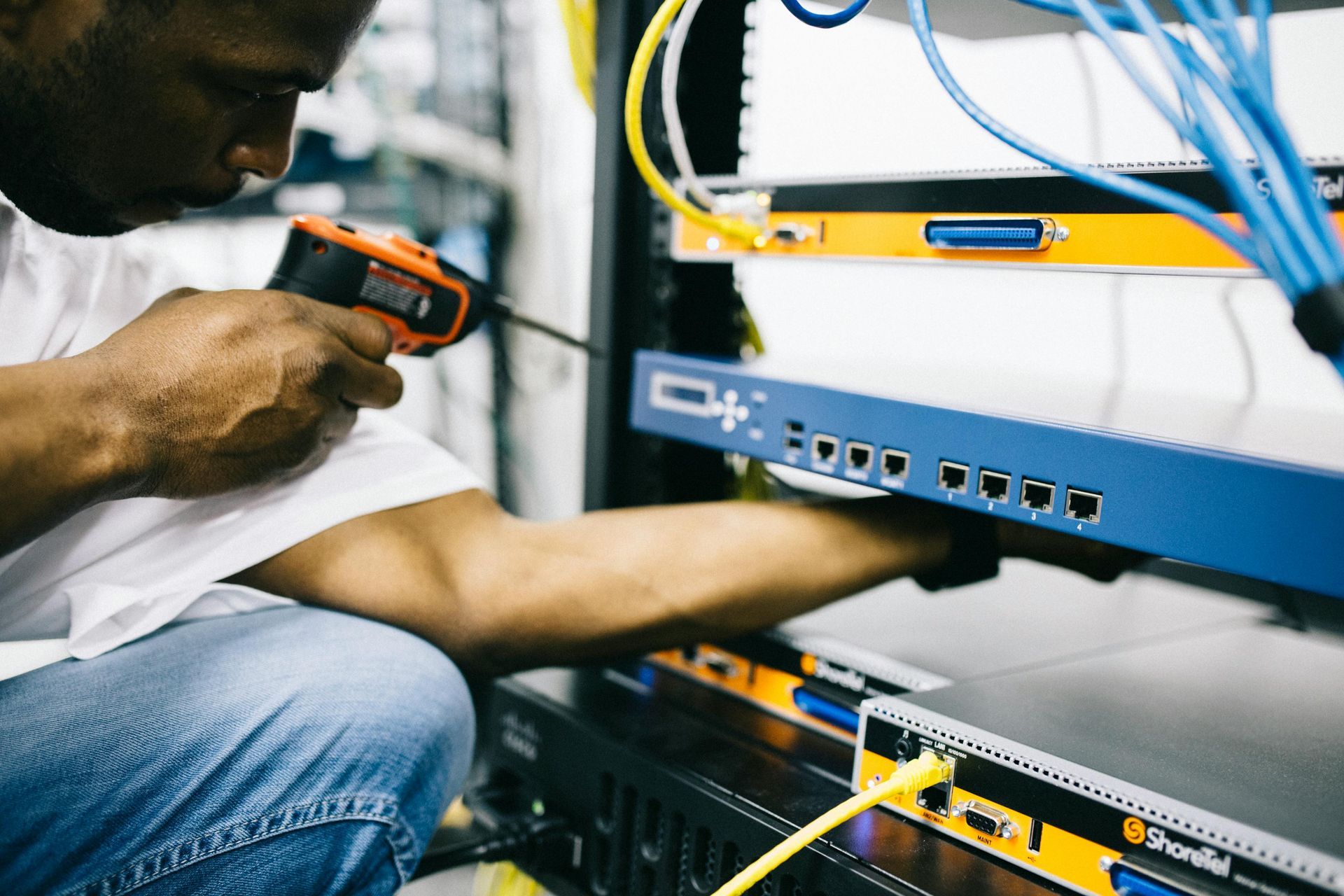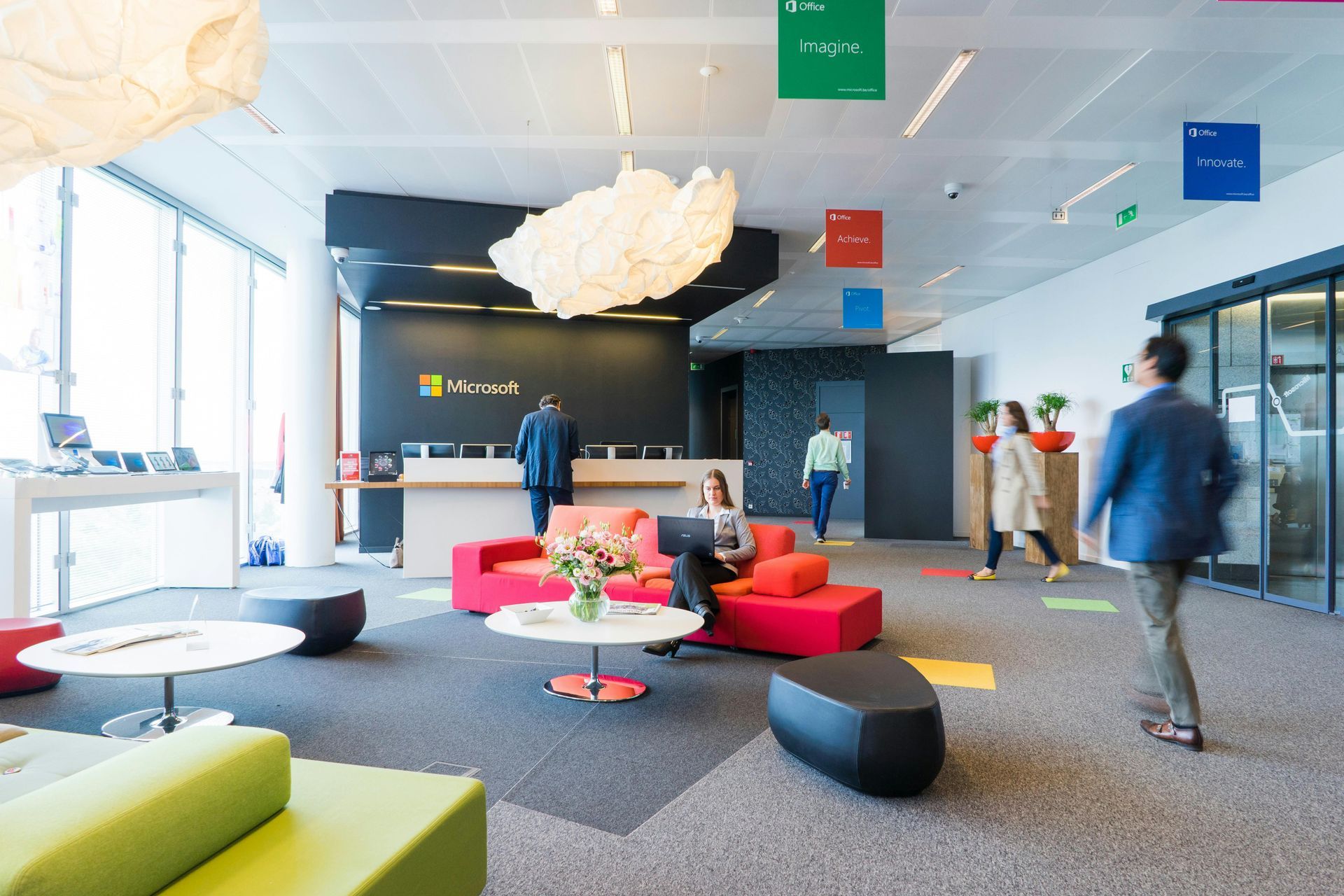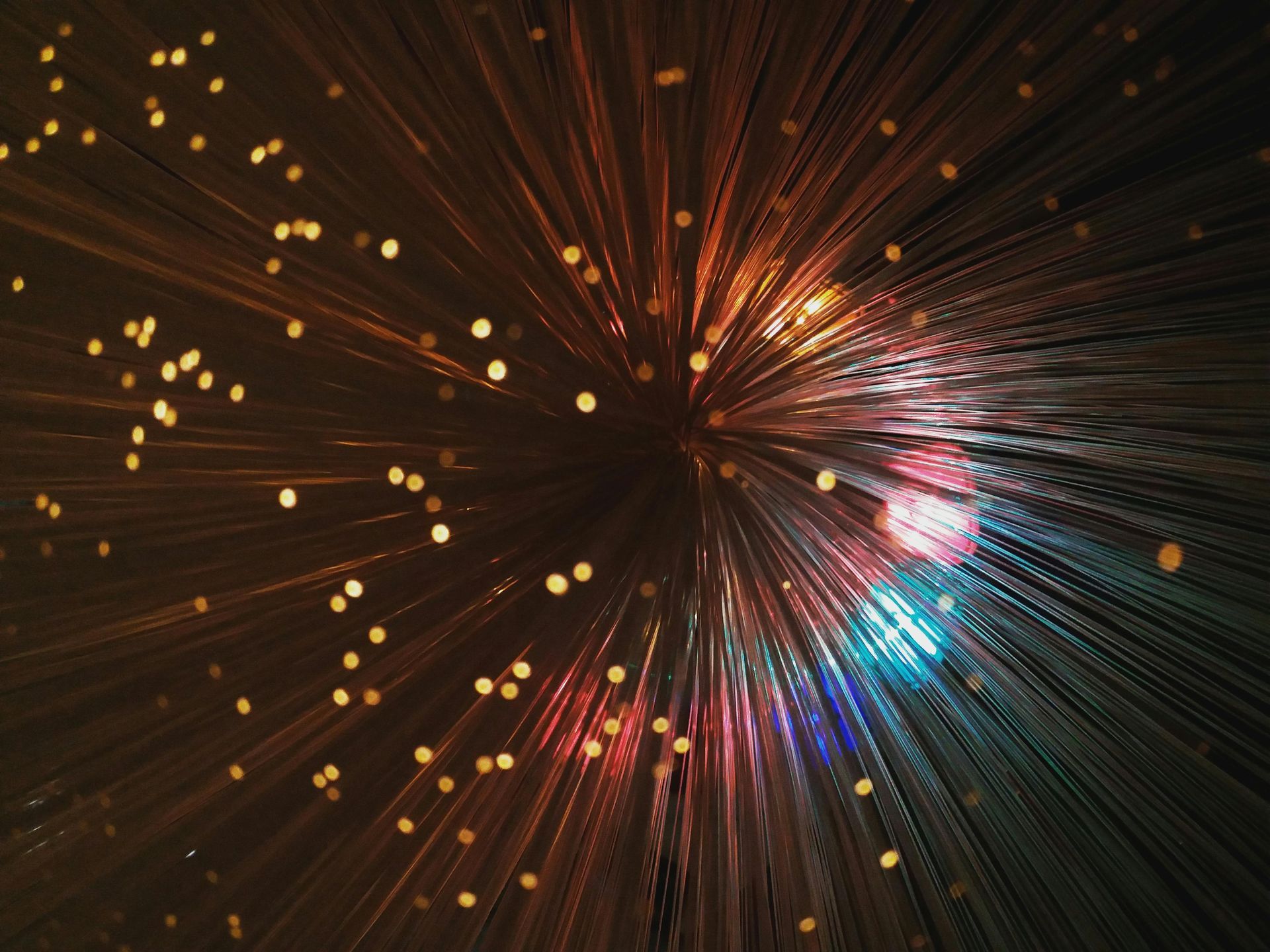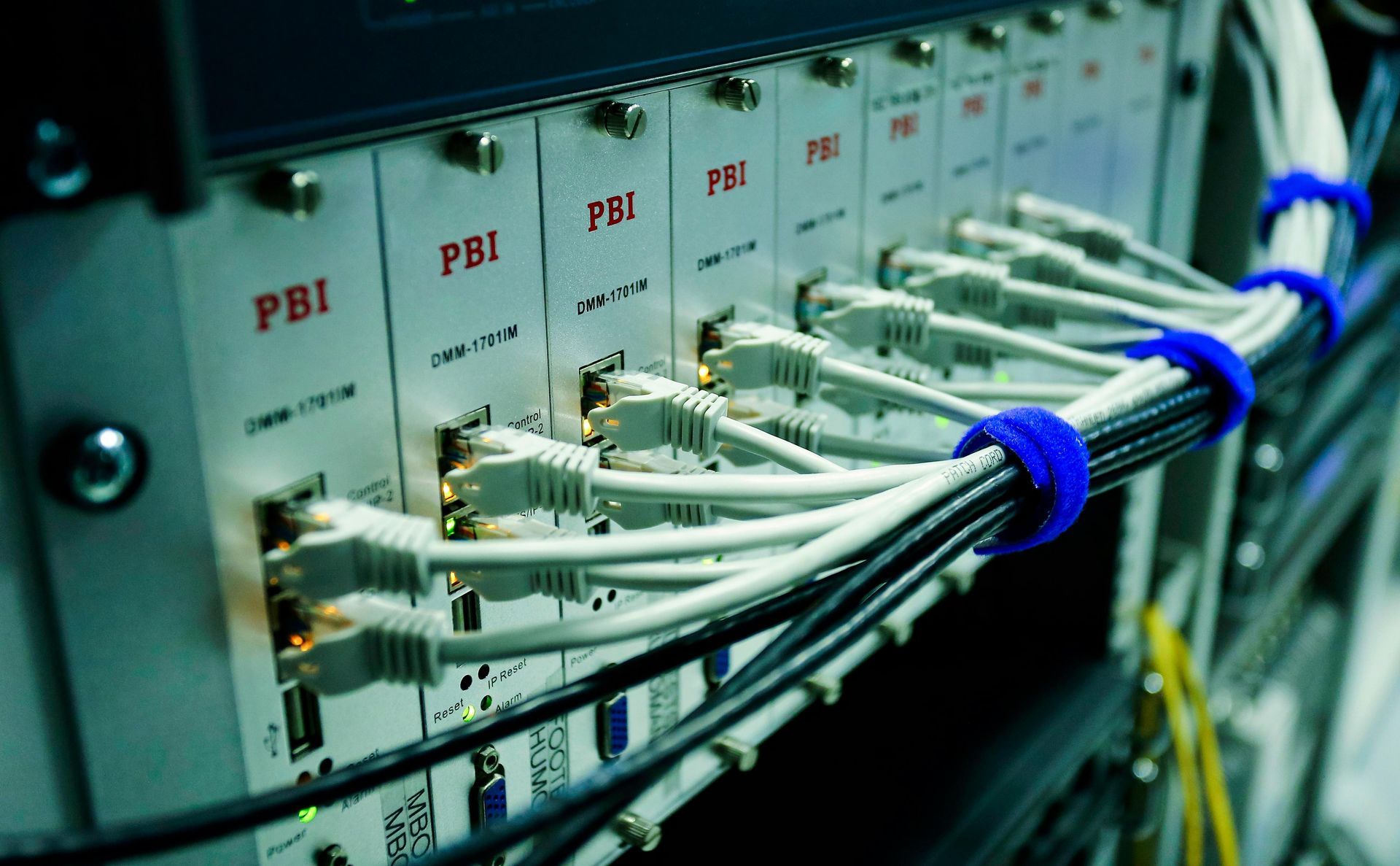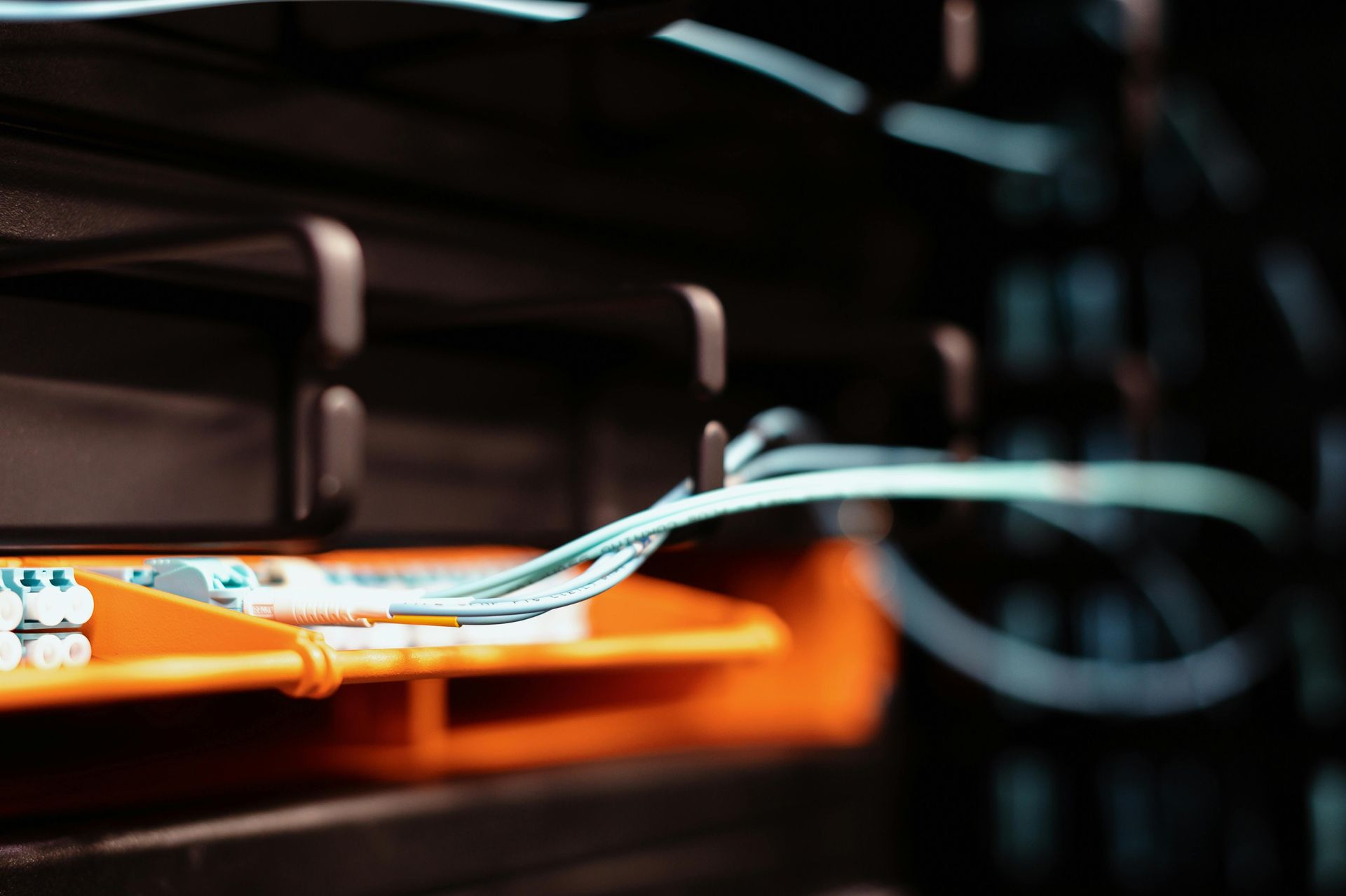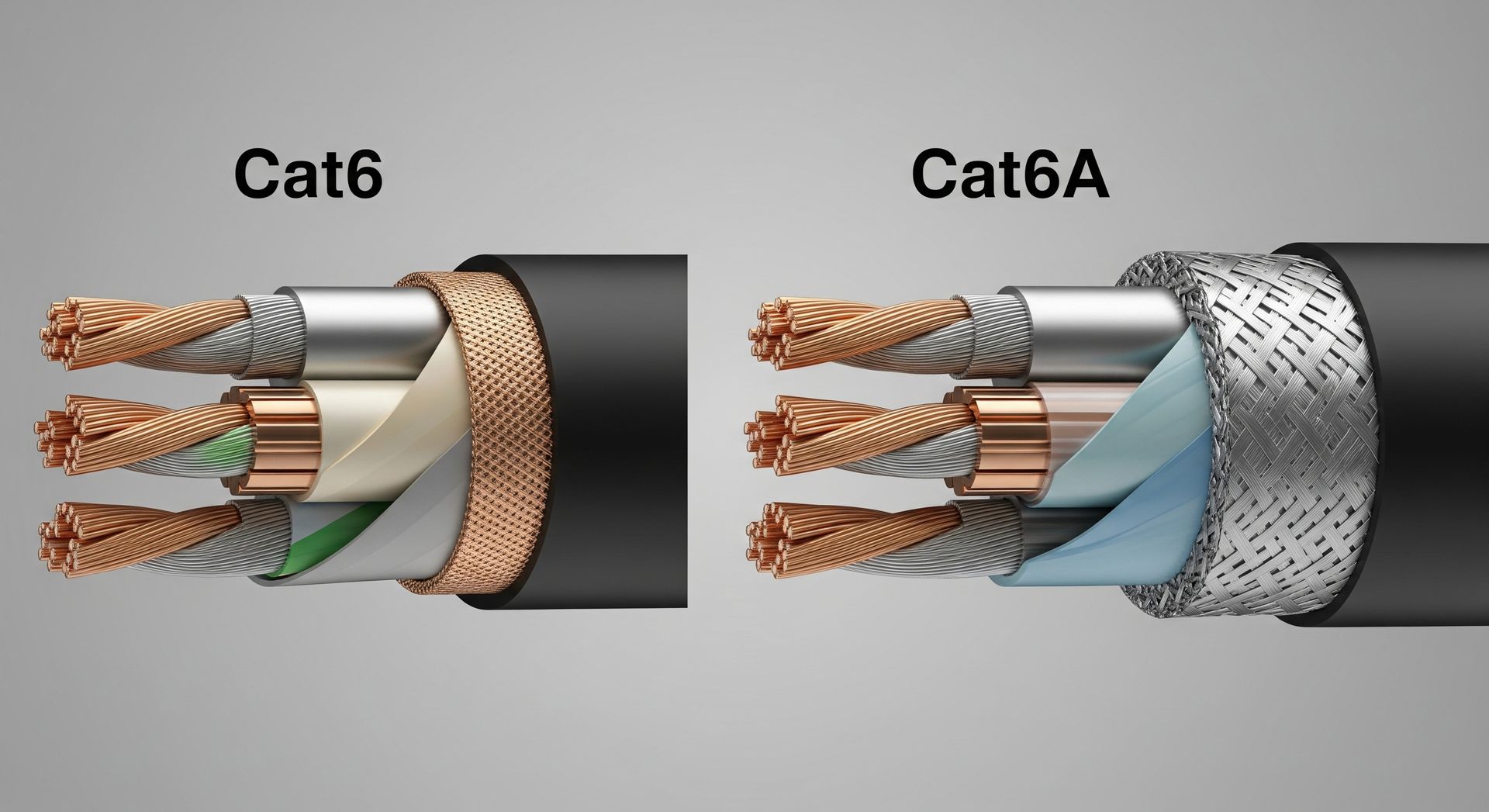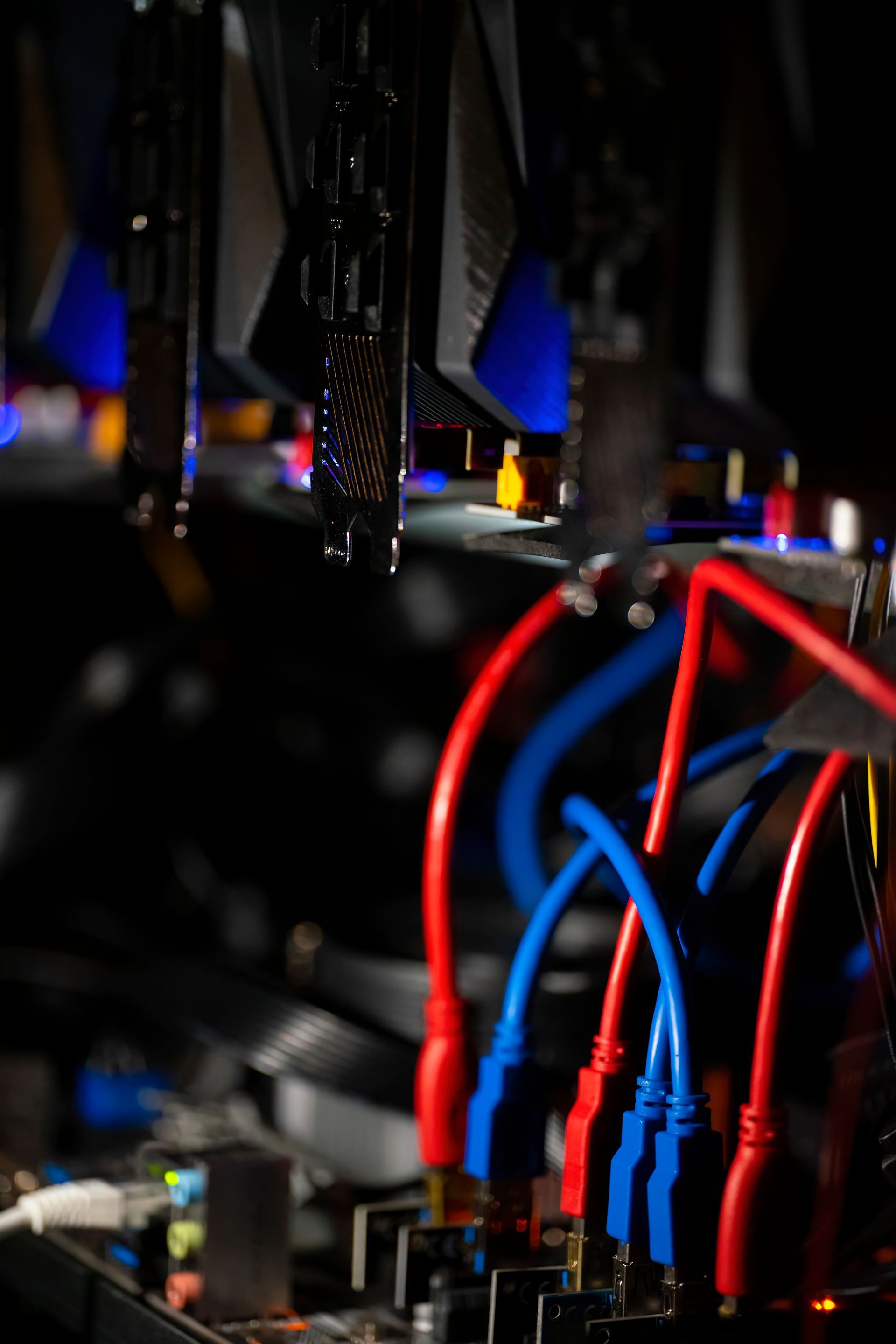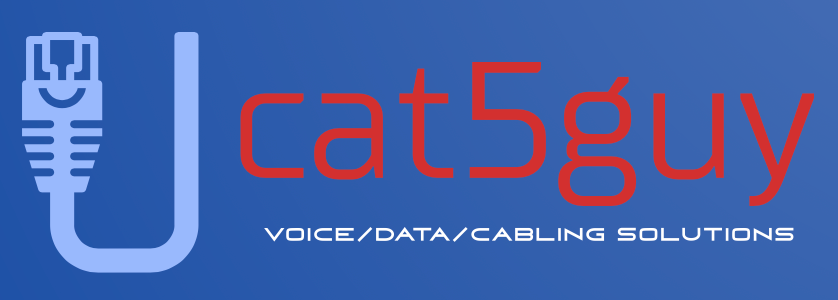How Fiber Optic Cabling Enhances Business Network Speed
Businesses rely heavily on fast and reliable network connectivity to stay competitive. From seamless cloud computing to real-time data analytics, network speed can make or break operational efficiency. Fiber optic cabling has emerged as a game-changer, offering unparalleled performance compared to traditional copper wiring. This article explores how fiber optic cabling enhances business network speed, delving into its technical advantages, practical applications, and long-term benefits. By understanding its impact, businesses can make informed decisions to optimize their network infrastructure.
Key Takeaways
- Fiber optic cabling delivers faster data transfer speeds than copper cables.
- It supports higher bandwidth, enabling efficient handling of large data volumes.
- Fiber optics provide greater reliability with minimal signal loss.
- Scalability makes fiber optics ideal for future-proofing business networks.
- Enhanced security reduces the risk of data interception.
- Reduced latency improves performance for time-sensitive applications.
The Basics of Fiber Optic Cabling
Fiber optic cabling uses thin strands of glass or plastic to transmit data as light pulses. Unlike copper cables, which rely on electrical signals, fiber optics leverage light to carry information over long distances with minimal loss. This technology consists of a core, cladding, and protective coating, ensuring durability and efficiency. The core, where light travels, is surrounded by cladding that reflects light inward, preventing signal degradation.
Fiber optic cables come in two main types: single-mode and multi-mode. Single-mode cables are designed for long-distance transmission, ideal for connecting distant offices or data centers. Multi-mode cables, on the other hand, are suited for shorter distances, such as within a single building. Both types offer significant advantages over copper, particularly in speed and bandwidth capacity.
Why Speed Matters for Business Networks
Network speed directly impacts business operations. Slow connections can lead to delays in data transfer, reduced productivity, and frustrated employees or customers. For instance, industries like finance, healthcare, and e-commerce depend on rapid data processing to deliver real-time services. A lag of even a few milliseconds can disrupt transactions or compromise user experience.
Fiber optic cabling addresses these challenges by enabling faster data transfer rates. With speeds reaching up to 100 Gbps or more, fiber optics outpace traditional copper cables, which typically max out at 10 Gbps. This speed advantage ensures businesses can handle large data volumes, support multiple users, and run bandwidth-intensive applications without bottlenecks.
Technical Advantages of Fiber Optic Cabling
Higher Bandwidth Capacity
Bandwidth refers to the amount of data a network can carry at once. Fiber optic cables offer significantly higher bandwidth than copper cables, making them ideal for data-heavy tasks like video conferencing, cloud computing, and big data analytics. For example, a single fiber optic cable can support thousands of simultaneous connections, compared to copper's limited capacity.
| Feature | Fiber Optic Cabling | Copper Cabling |
|---|---|---|
| Bandwidth | High (up to 100+ Gbps) | Limited (up to 10 Gbps) |
| Distance | Long (up to 40 miles) | Short (up to 330 feet) |
| Signal Loss | Minimal | Significant |
| Interference | None | Susceptible |
Minimal Signal Loss
Copper cables suffer from signal degradation over long distances, requiring boosters or repeaters to maintain performance. Fiber optic cables, however, transmit light signals with minimal loss, even over tens of miles. This makes them ideal for businesses with geographically dispersed operations, ensuring consistent network performance across locations.
Immunity to Electromagnetic Interference
Unlike copper cables, which are prone to electromagnetic interference (EMI) from nearby electrical equipment, fiber optic cables are immune to EMI. This ensures stable connections in environments with heavy machinery or dense electronic setups, such as manufacturing plants or data centers.
Reduced Latency
Latency, the time it takes for data to travel from source to destination, is critical for real-time applications like VoIP calls or online gaming. Fiber optic cables reduce latency by transmitting data at the speed of light, resulting in near-instantaneous communication. This is particularly valuable for businesses relying on time-sensitive operations.
Practical Applications in Business
Fiber optic cabling supports a wide range of business applications, enhancing efficiency and productivity. For example:
- Cloud Computing: Fiber optics enable seamless access to cloud-based platforms, ensuring quick data retrieval and storage.
- Video Conferencing: High-speed connections support high-definition video calls without lag, fostering better collaboration.
- Data Centers: Fiber optics connect servers with minimal latency, improving data processing and storage efficiency.
- IoT Integration: The Internet of Things (IoT) requires robust networks to handle data from multiple devices. Fiber optics provide the necessary bandwidth and reliability.
These applications demonstrate how fiber optic cabling empowers businesses to meet modern demands, from remote work to data-driven decision-making.
Scalability for Future Growth
As businesses grow, their network demands increase. Fiber optic cabling offers unmatched scalability, allowing companies to expand their infrastructure without overhauling existing systems. Unlike copper cables, which may require frequent upgrades, fiber optics can handle future technologies like 5G, AI, and virtual reality without significant modifications.
For instance, a business installing fiber optic cabling today can support higher data loads in the future by simply upgrading network equipment, rather than replacing cables. This scalability makes fiber optics a cost-effective, long-term investment.
Enhanced Security for Sensitive Data
Data security is a top priority for businesses handling sensitive information, such as financial records or customer data. Fiber optic cables are inherently more secure than copper cables because they do not emit electromagnetic signals that can be intercepted. Tapping into a fiber optic cable requires physical access and specialized equipment, making unauthorized access difficult.
This security advantage is critical for industries like healthcare and finance, where data breaches can have severe consequences. By adopting fiber optic cabling, businesses can reduce the risk of data leaks and ensure compliance with regulatory standards.
Cost Considerations and Long-Term Savings
While the initial installation of fiber optic cabling can be more expensive than copper, the long-term benefits outweigh the upfront costs. Fiber optics require less maintenance, as they are less prone to damage from environmental factors like moisture or temperature changes. Additionally, their durability and longevity reduce the need for frequent replacements.
Moreover, the efficiency of fiber optic networks can lower operational costs. Faster data transfer and reduced downtime translate to improved productivity, while scalability minimizes future infrastructure expenses. For businesses planning long-term growth, fiber optics offer a compelling return on investment.
Challenges and Considerations
Despite its advantages, fiber optic cabling has some challenges. Installation requires specialized expertise and equipment, which can increase initial costs. Additionally, existing infrastructure may need upgrades to fully integrate fiber optics, particularly in older buildings. Businesses must also ensure compatibility with existing network hardware to avoid performance issues.
However, these challenges are often offset by the long-term benefits. Partnering with experienced network providers can streamline installation and minimize disruptions, ensuring a smooth transition to fiber optic technology.
Frequently Asked Questions
What is the main difference between fiber optic and copper cabling?
Fiber optic cables offer superior speed (gigabits/terabits per second) and distance (hundreds of kilometers) compared to copper, using light pulses for data. They are immune to electromagnetic interference, lightweight, and compact, vital for high-performance business networks.
How does fiber optic cabling improve network speed?
Fiber optic cabling dramatically enhances business network speed. It offers superior bandwidth, minimal signal loss, and reduced latency, vital for data-intensive applications, cloud services, and real-time communication, ensuring a future-proof solution.
Is fiber optic cabling suitable for small businesses?
Fiber optic cabling offers businesses enhanced speed, scalability, bandwidth, reduced latency, and reliability. It future-proofs networks, supports new technologies, provides long-term cost-effectiveness, and improves data security, making it a strategic investment for superior performance and competitiveness.
Are fiber optic cables more secure than copper cables?
Fiber optics offer superior security over copper, as light-based data transmission prevents electromagnetic emissions. Light pulses are contained, making interception difficult without detection, ideal for sensitive data.
What are the installation challenges of fiber optic cabling?
While initially expensive, fiber optic cable installation offers long-term benefits like faster speeds, improved data transfer, and greater reliability. Its future-proof infrastructure, lower operating costs, and reduced downtime are crucial for data-intensive businesses, making the investment worthwhile.
Final Thoughts
Fiber optic cabling is a transformative solution for businesses seeking to enhance network speed and reliability. Its ability to deliver high bandwidth, minimal latency, and robust security makes it an ideal choice for modern enterprises. While the initial investment may be higher than traditional copper cabling, the long-term savings, scalability, and performance gains make fiber optics a strategic asset. As businesses continue to embrace digital transformation, adopting fiber optic technology ensures they remain agile, competitive, and prepared for future challenges.
Want to know more about fiber optic cabling and other services?
Share this article
